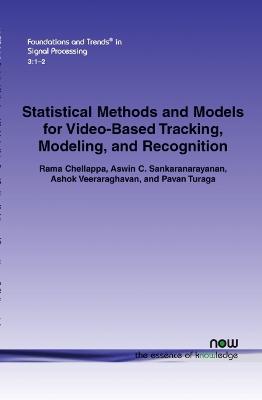Foundations and Trends (R) in Signal Processing
1 total work
Statistical Methods and Models for Video-based Tracking, Modeling, and Recognition
by Rama Chellappa, Aswin C Sankaranarayanan, Ashok Veeraraghavan, and Pavan Turaga
Published 1 February 2010
Computer vision systems attempt to understand a scene and its components from mostly visual information. The geometry exhibited by the real world, the influence of material properties on scattering of incident light, and the process of imaging introduce constraints and properties that are key to solving some of these tasks. In the presence of noisy observations and other uncertainties, the algorithms make use of statistical methods for robust inference.
This paper highlights the role of geometric constraints in statistical estimation methods, and how the interplay of geometry and statistics leads to the choice and design of algorithms. In particular, it illustrates the role of imaging, illumination, and motion constraints in classical vision problems such as tracking, structure from motion, metrology, activity analysis and recognition, and appropriate statistical methods used in each of these problems.
This paper highlights the role of geometric constraints in statistical estimation methods, and how the interplay of geometry and statistics leads to the choice and design of algorithms. In particular, it illustrates the role of imaging, illumination, and motion constraints in classical vision problems such as tracking, structure from motion, metrology, activity analysis and recognition, and appropriate statistical methods used in each of these problems.
